Organic farming does not allow synthetic chemical fertilizers, antibiotics, herbicides, or pesticides. Organic farming is defined as it avoids or excludes the use of synthetic inputs like fertilizers, pesticides, hormones, feed additives, etc., and, to the maximum extent feasible, relies upon crop rotations, off-farm organic waste, crop residues, animal manures, mineral grade rock additives and biological system of nutrient mobilization and plant protection.
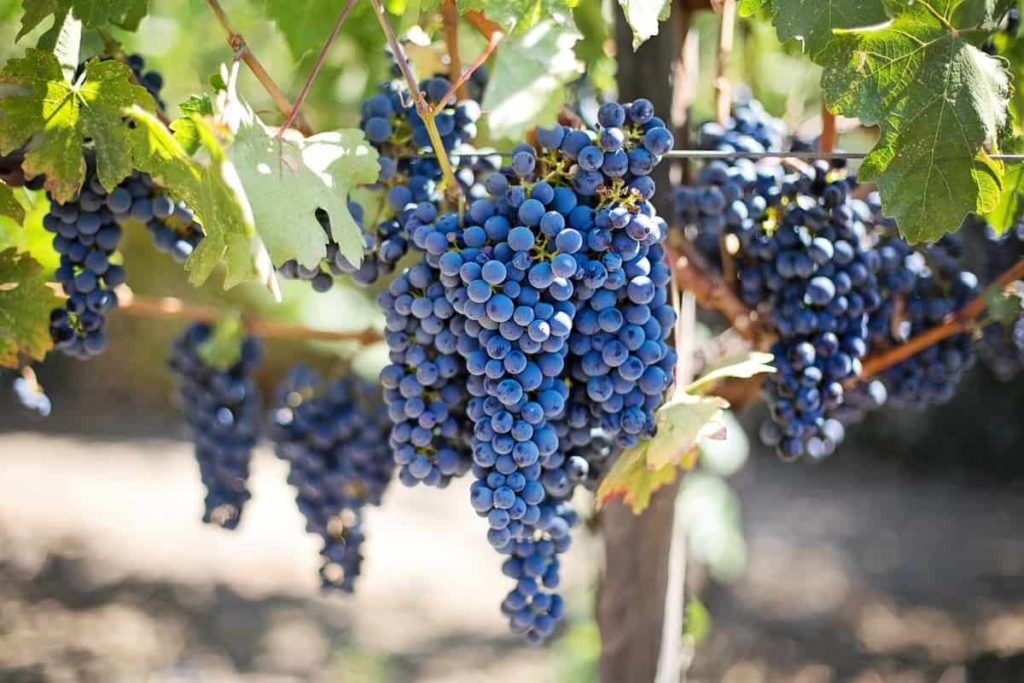
The term organic farming can be applied to the following types of products like;
- Unprocessed products: vegetables, grains, fruits, cotton, flowers, animals, eggs, or milk;
- Processed products for human consumption: cheese, bread, or fast food;
- Animal feed such as organic soy cake;
- Material for vegetative propagation and seed.
Key rules for effective organic farm management
Important principles of organic farm management
This principle roots organic agriculture within a living ecosystem. It states that production should be based on environmental processes and recycling. The main objective of the organic output is to develop enterprises that are sustainable and compatible with the environment. The principles of organic farming are:
- No use of “synthetic” chemicals – however, fertilizers or pesticides of their “natural origin” are allowed.
- No use of genetically modified organisms (GMOs);
- Recycle all organic waste;
- Crop rotation to improve soil regeneration;
- Pest control by biological agents;
- Extensive breeding with organic food and prioritizing alternative medicine and prevention;
- Ensure animal welfare (soil surfaces must be livable, there must be outdoor courses and grazing, above-ground breeding prohibited); respect for the environment and conservation of natural resources;
- Development of biodiversity (cultivation and breeding of different species, maintaining or planting hedges).
- It is important to note that a transition period is required to convert a conventional farm to a certified organic farm. This period depends on the product type but usually takes three years.
Effective features of organic farming
As stated earlier, the main features of organic farming are based on maintaining natural systems, including natural livestock and crop production, through organic system planning. A detailed record-keeping system for all products from the point of production to consumption; and the use of buffer zones to prevent accidental contamination of synthetic chemicals bordering traditional farms.
Key objectives of organic farming
The objectives of organic farming are conservation of the environment and natural resources, restoration of ecological balance, promotion of sustainable agriculture, improvement of soil fertility, conservation of flora and fauna, increasing genetic diversity, prevention of chemical pollution and toxins, and eliminating the residue.
In case you missed it: How to Control Aphids on Plants Naturally and Organically: In Vegetables, Fruits, Herbs, and Flowers
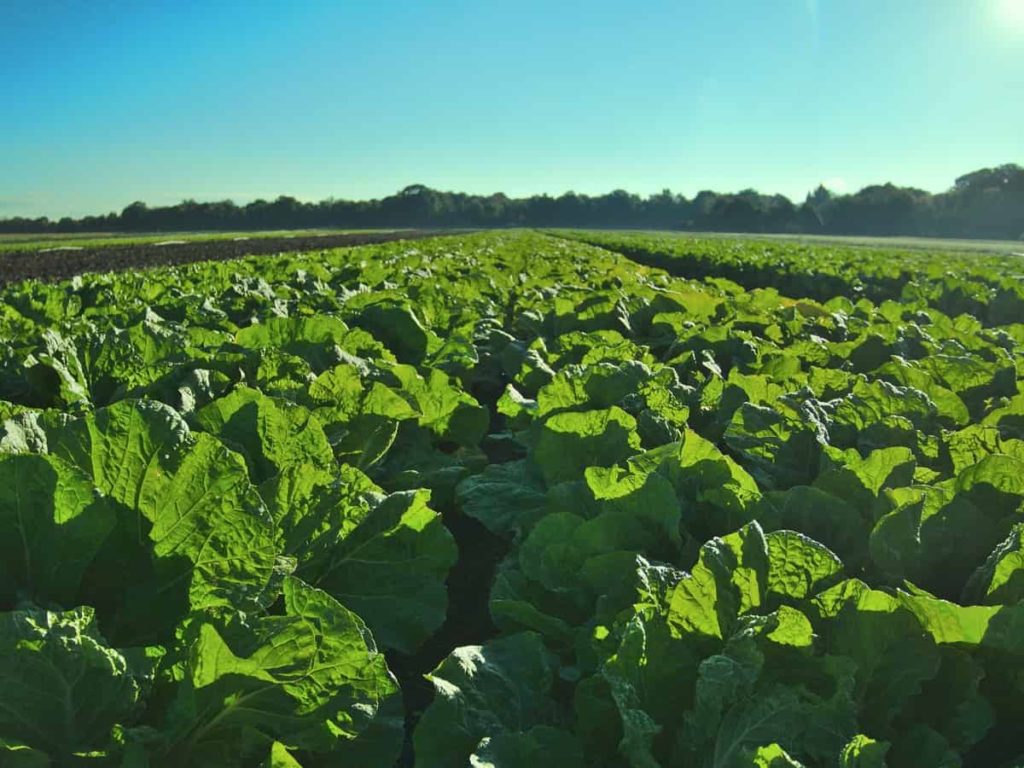
Site Selection – Minimizing potential production problems is essential for all farming operations. It is especially true for organic producers. The most effective way of reducing potential problems is by selecting an appropriate field site. There are three points to consider when selecting a field to grow vegetables: the topography of the field, the type of soil, and the availability and quality of water.
Requirements for effective organic farm management
Facilitates healthy soil formation – Organic farming is all about natural farming methods, which are far better than chemical soil management in terms of the final effects on the soil. By closely mimicking nature in its methods, organic farming ensures that the land is not affected by externally exposed chemicals. It maintains the soil’s natural capacity for sustainable growth.
Organic practices ensure that the soil is healthier and more productive, with its carbon and nitrogen cycles well balanced. Additionally, due to the significant retention of beneficial bacteria, natural nitrogen fixation in the soil is also promoted.
Key rules for soil management in organic farming
Soils that are properly managed for quality produce healthier and higher-yielding crops. Managing soil organic matter is important because organic matter plays a role in almost all aspects of soil quality. Soil management can be accomplished using resource-conserving technologies and practices to improve soil moisture utilization by crops through reduced evaporation losses and prevent erosion and losses of nutrients and organic matter.
Maintaining good soil health is the foundation of organic production. Increasing soil organic matter is one of the most important means of achieving good soil health. Since most soils contain 1% or less organic matter, this can be a long-term, extremely difficult process. High soil temperature levels can cause rapid decomposition of applied organic matter and require large application volumes over long periods.
Effective nutrient management tips for organic farming
Maintaining good soil health and optimal growth depends on adequately managing soil nutrients. Therefore, the main goal of a nutrient management program is to fertilize the soil so that adequate amounts of nutrients are available in the soil for plants so that one’s production is not limited.
The use of soil tests is recommended to determine the nutrient availability status of the soil. The results of these tests will provide a producer with guidelines on how much fertilizer will be needed for successful crop growth and production. However, it should be noted that soil tests are site-specific, and no soil sample should be used to base fertilizer requirements for additional fields or field soils.
Key rules for seed selection in organic plant growth
Selecting the right seed variety is an important key to success. A farmer should balance the customer’s desires with the varieties that perform best on the farm. In addition to these considerations, organic growers have other seed requirements:
- Must use certified organic seeds or plants when the variety is available as certified organic (as determined by testing at least five reputable organic seed dealers);
- If the desired variety is not available, must use “raw” or untreated seed (i.e., cannot use unapproved fungicides or seed coatings)
- GMO seeds or seedlings are not permitted
In case you missed it: Organic Raised Bed Gardening: How to Start from Scratch, A Step-By-Step Guide for Beginners
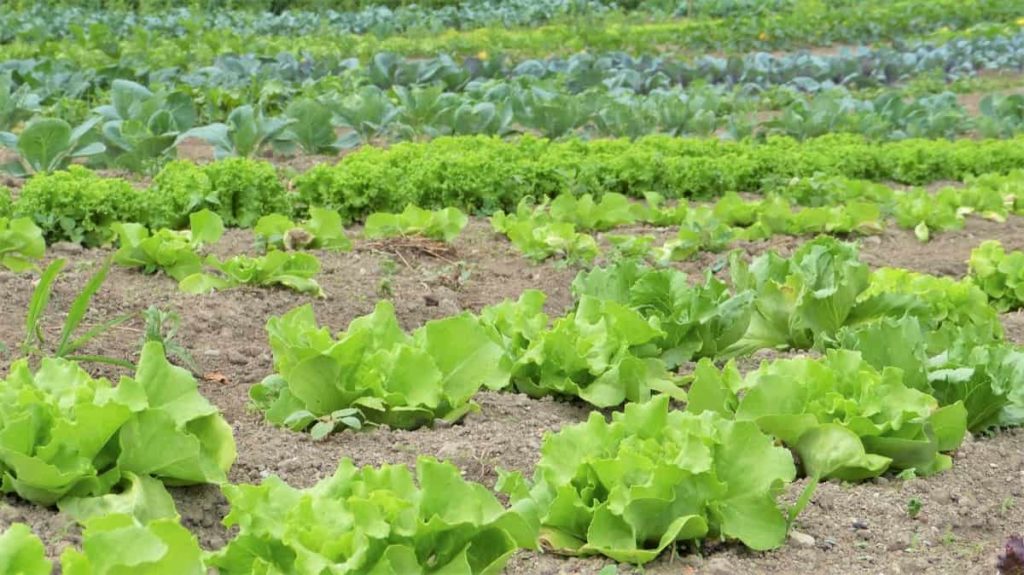
Factors impacting organic farm production
Mulching – Organic mulches like straw or damaged hay can reduce the need for tillage, protect soil from erosion and crusting, and replenish organic matter.
Supplemental fertilization – Organic farming relies on promoting biodiversity in the field to prevent pest habitats’ disturbance and purposeful soil fertility maintenance.
Bio-pesticides – This term refers to synthetic, organic, or inorganic pesticides that are less toxic and have less impact on the environment. “Biorationals” also have minimal effects on species for which they are not intended (non-target species). Biological pesticides include oils, insecticidal soaps, microbes (such as Bacillus thurengienesis and entomopathogenic nematodes), botanicals (plant-based), and insect growth regulators.
Guidance is needed for the organic farmer for successful farming
- Prepare an organic system plan.
- Implement the organic system plan/review it by the certifying agent.
- Get an inspection.
- Review the inspection report by the certifying agent.
- Get a decision from the verifier.
The Organic Gadget Plan is the basis of the organic certification process. Created by a producer or handler seeking certification, it provides information on how well an operation will comply with guidelines based entirely on its specific characteristics. While the plans vary based entirely on the operation’s nature and needs, they handle all farming methods or systems, including tillage, grazing, harvesting, storage, and transportation.
Additionally, they specify permitted substances used during growing or handling techniques, tracking methods for organic systems, record-keeping structures, and limitations on mixing with inorganic products or contact with prohibited materials. Each operation applying for natural certification is first inspected on-site by a certifying agent.
These comprehensive top-to-back inspections vary in scope depending on the field or facility. An inspector examines receiving, processing, and storage areas used for organic materials and finished products at a handling or processing facility. The organic farm or facility maintains its plan to update as it changes its practices and undergoes a thorough inspection at least once a year to maintain certification.
Key rules to make a successful organic farmer
When deciding whether organic farming might be right for you, consider this list of characteristics shared by successful organic farmers:
- Commitment to safe food supply and environmental protection
- Patience and good observation skills
- Understanding of ecosystems
- Marketing good skills and motivation to spend time exploring markets
- A willingness to share successes and failure stories and learn from others (information networks are often less developed for organic farmers).
- Flexibility to experiment with new techniques and methods.
Organic farming practices to reduce the production cost
- Crop rotation – It is a system of growing different crops on the same land.
- Green manures and cover crops – Cover crops are so called because they protect otherwise bare soil from erosion. Green manure improves soil fertility. Since a cover crop is added to the soil, it becomes green manure so that the conditions can vary reasonably. This approach to multi-crop farming means covering the field with any vegetation, either seasonal or perennial, partially between crop rows or completely. Cover crops combat soil erosion and improve water filtration and aeration with their roots. They also kill weeds with the upper parts by hiding unwanted plants from sunlight. Mixing green plants with the soil enriches it with organic matter, especially nitrogen. It also increases moisture levels and adds nutrients for microorganisms, thereby improving soil quality. The described method of agriculture also reduces the growth of weeds.
- Manure and composting – Manure and compost provide many nutrients for crop production, including micronutrients, and are also valuable sources of organic matter.
- Intercropping and Companion Planting – Intercropping is the growing of two or more crops close to promote beneficial interactions. Companion planting is defined as establishing two or more species close to each other for cultural benefits like pest control or increased yield.
- Biological pest control – It uses one or more beneficial organisms, commonly known as natural enemies, to reduce the population of other types of organisms.
- Sanitation – Sanitation can take many forms, including removing crop residues, burning or deep plowing that may carry plant disease or insect agents, destroying nearby weedy habitats that shelter pests, providing shelter, and cleaning weed seeds collected from farms equipment before new entry, and sterile pruning tools.
In case you missed it: How to Start Organic Backyard Gardening: A Step-by-Step Guide for Beginners
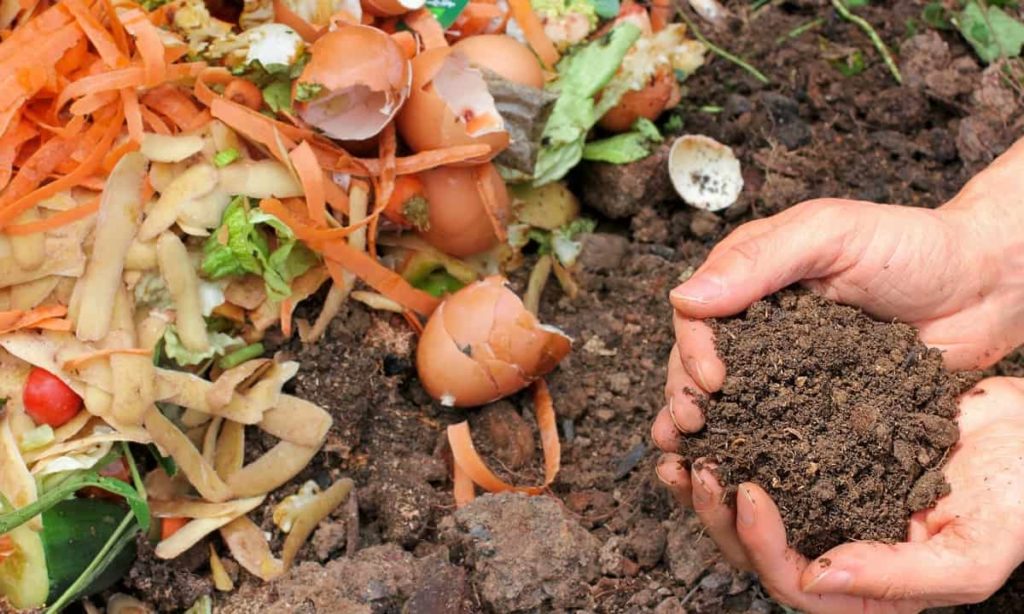
Key rules for promoting organic farming schemes
The government of India supports promoting organic farming across the country through various schemes.
1. Paramparagat Krishi Vikas Yojana (PKVY) – Paramparagat Krishi Vikas Yojana promotes cluster-based organic farming with PGS (Partnership Guarantee System) certification. Cluster formation, training, certification, and marketing are supported under the scheme. A subsidy of Rs. 50,000 per hectare / 3 years is provided, out of which 62% (Rs.31,000) is given as an incentive to a farmer for organic inputs.
2. Capital Investment Subsidy Scheme (CISS) under Soil Health Management Scheme Rs.190 lakh per unit to state government, government agencies for setting up mechanized fruit and vegetable market waste, agricultural waste compost production unit. 100% subsidy is provided. Similarly, assistance up to 33% of the per unit cost limit of Rs. 63 lakh is provided as an investment for individuals and private agencies.
3. Mission Organic Value Chain Development for North Eastern Region (MOVCDNER) – This scheme promotes third-party certified organic farming of specific crops in the North Eastern region through Farmer Producer Organizations (FPOs) with a focus on exports. Farmers are given a subsidy of Rs 25,000 per hectare for three years and other inputs, including organic manure and bio-fertilizer. The scheme also supports the formation of FPOs, capacity building, and post-harvest infrastructure up to Rs.2 crore.
4. National Mission on Oilseeds and Oil Palms (NMOOP) – Under the Mission, financial assistance at a 50% subsidy of Rs. 300 per hectare is being provided for various ingredients, including biofertilizers, supply of rhizobium culture, phosphate solubilizing bacteria (PSB), zinc solubilizing bacteria (ZSB), Azatobacter, mycorrhiza, and vermicompost.
5. National Food Security Mission (NFSM) – Under NFSM, financial assistance is provided for the promotion of biofertilizer (Rhizobium/PSB) at 50% of the cost, limited to Rs.300 per hectare.
Key rules for controlling pests, and diseases for more production
Many parts of the world are experiencing declining yields despite the increased use of chemical inputs. In contrast, organic agriculture has effectively increased and stabilized yields, especially in marginal lands. In addition, “green revolution” agriculture often uses water excessively, destroys the soil, and leaves land unsuitable for food production. Organic agriculture can combat desertification by reducing erosion and improving water release and retention.
Organic farming also helps increase resistance to pests and diseases, which is vital for food security. Weed and pests are managed without synthetic herbicides or pesticides, respectively. Control measures must be through flame weeding, mulching, use of cover crops, mechanical tillage, crop rotation, and hand weeding. Organic farming also needs to rely on beneficial predatory insects, beneficial soil microorganisms, proper sanitation, companion crops, and crop rotation for pest control.
In some extreme cases of pest infestation, growers can implement measures such as using barriers and traps, biological pesticides, and insect predators. Soil biota, soil structuring, compost application, and biologically based soil amendments are used to promote healthy plants that are disease tolerant and resistant. Botanical remedies can also be used to control diseases.
In case you missed it: How to Start Organic Kitchen Gardening: Tips, Ideas, and A Step-By-Step Guide for Beginners
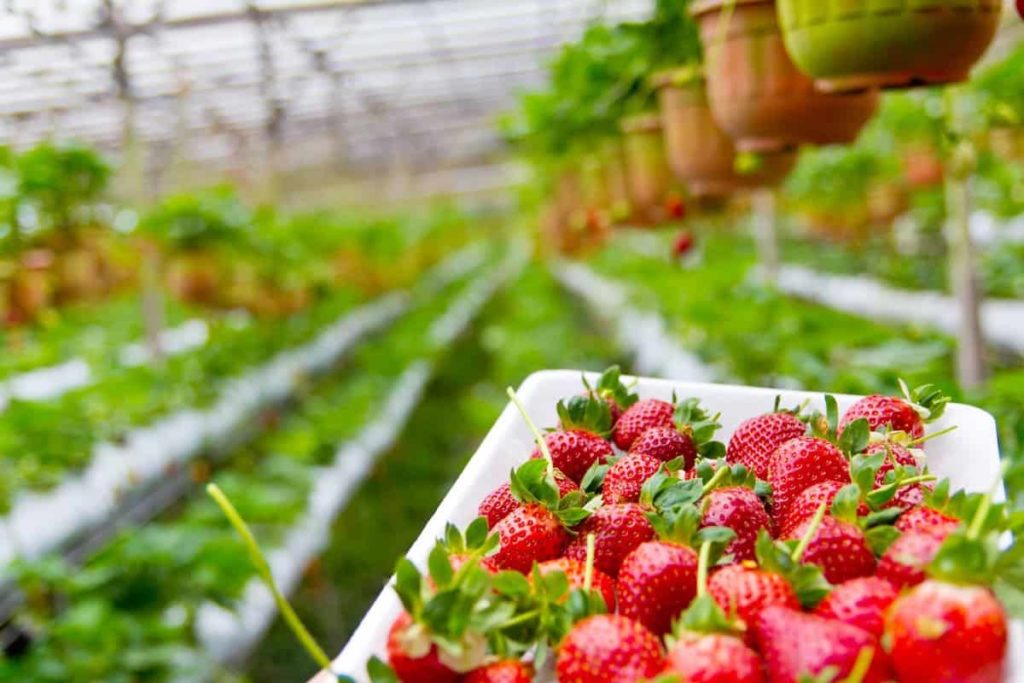
Important limitations and implications of organic farming
- Organic manure is not available in abundance, and depending on plant nutrition, organic fertilizers can be more expensive than chemical fertilizers if purchased.
- The production in organic farming is low, especially in the first few years, so the farmer should be given a premium price for organic production.
- Guidelines for organic production, processing, transportation, certification, etc., are beyond the understanding of the common Indian farmer.
- Organic produce marketing is also not properly streamlined. Many farms in India were either never chemically managed/cultivated or converted to organic farming due to farmers’ beliefs or purely due to economics. These thousands of farmers cultivating millions of acres of land are not classified as organic even though they are. Their produce is sold in the open market at the same price as conventionally grown produce or sold purely on goodwill and trust through organically selected shops and specialty markets. These farmers may never opt for certification because of the cost involved and the extensive documentation required by the certifiers.
Stages of organic certification for more production
- During the period of control and certification, after the completion of the transition period, the product can be sold as an “organic product” after the approval of the control and certification agent. Regarding crop production, organic products produced during the first 12 months of organic farming are valued as “transition period products.”
- For products to be marketed as organic, producer and product certificates must be issued by a control and certification agent. Products not controlled or certified by a control and certification agent cannot be marketed as “organic products.”
- When considering organic certification, know the requirements and accreditations required in the market where your product will be sold. When comparing certification bodies, ensure they have the certification requirements and approvals needed to meet market needs.
- Develop an organic system plan – The organic system plan is the basis of the organic certification process. Created by a producer or handler seeking certification, it describes how the operation will comply with regulations based on its unique characteristics.
- Implement the organic system plan – Review it with the certifying agent. Operations are certified by foreign, private, or state agencies recognized by the USDA. Certifying agents are responsible for ensuring that products meet all organic standards.
- Get an inspection – A certifying agent on-site first inspects each operation that applies for organic certification. These comprehensive top-down inspections vary in form or scope depending on the facility. For crops, these include field inspections, soil conditions, crop health, approaches to managing weeds and other crop pests, storage areas, and equipment. For livestock, these include feed production and purchase records, feed rations, animal housing conditions, preventive health management practices (e.g., vaccinations), and the number and condition of animals on the farm. An inspector examines organic ingredients’ receiving, processing, and storage areas.
- Review the inspection report from the inspection report – The inspector submits results to the certifying agent after observing operations at the farm or facility as they compare to the organic system plan. In addition to the inspection points described above, the inspector also assesses the risk of contamination by prohibited materials and may take soil, tissue, or product samples as needed. The inspector also analyses potential hazards and critical control points and ensures procedures are in place to prevent contamination. From there, all results are submitted to the verification agent for review.
- Get a decision from the certifier – If an operation complies with the rules, the certifying agent issues an organic certificate allowing products from that operation to be sold as organic. An organic farm or facility continues to update its plan as it modifies its practices and is inspected to maintain organic certification at least once a year.
Organic farming cost and tips to reduce the production cost
- In organic farming, production costs are lower. Most European studies have found that variable (operating) costs are 60-70% lower, but fixed costs are higher than conventional farms. Overall, organic farms have lower total production costs.
- The data is based on relatively cheap input costs. Rising fossil fuel prices are increasing the cost of related inputs. It will have the greatest impact on conventional farms, especially those that rely heavily on fuels, synthetic fertilizers, and pesticides. Among organic farms, highly mechanized operations and dependent on plastic mulch will be the most affected.
- Production costs vary by region. For example, in the US, organic dairy farms in Wisconsin have lower labor and feed costs than New England farms and are consequently more profitable. However, the higher cost of organic feed across North America creates the most significant difference in economic performance between organic and conventional dairies.
- However, labor costs are often higher on organic farms. European studies have shown that labor costs are 10-20% higher than conventional operations. Interest on loans is often not considered in the calculation of production costs. However, the debt burden on conventional farmers is much higher than that of organic farmers, especially in developing countries.
- The organic farming system had the lowest variable cost of production at $2,266 per hectare per year, and the non-organic system at $2,753 per hectare per year.
In case you missed it: 19 Key Rules for Effective Goat Farm Management: From Planning to Reducing Production Cost
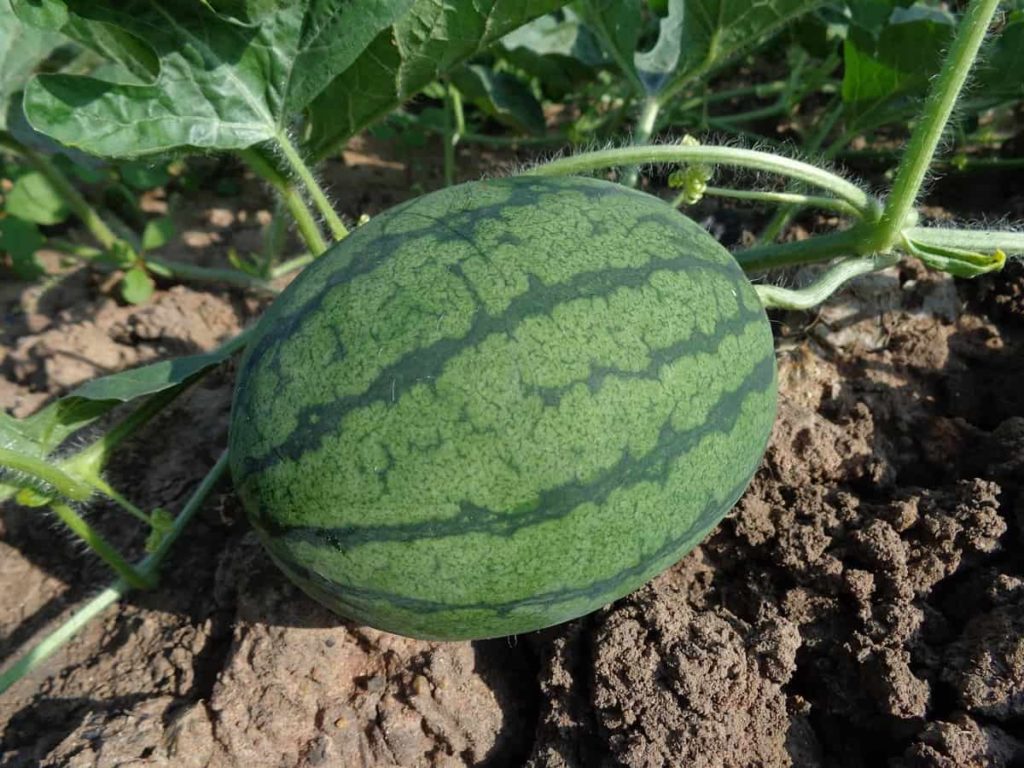
Challenges know about organic farming to get more production
- Time is critical – A major issue in organic farming is timing. It is not a concern in all cases, but organic produce and meat generally need an efficient supply chain to market quickly. Due to temperature fluctuations during transportation and generally less forgiving shelf life, organic products must be consumed quickly to ensure food safety and appeal.
- Insects want your organic products – Another major challenge of organic farming is pest infestation, which is as old as farming itself. If not controlled, pests such as rodents or bugs are responsible for crops’ destruction. For this reason, humans have been using chemicals known as pesticides to deal with them for a long time effectively. Other pest control methods include diversifying crops, employing traps, mating disruption, or using birds and insects.
- Organic products are difficult to market – In organic farming, products must reach the market quickly to remain fresh and nutritious. However, living in culture where commuting long distances and ordering online is the norm, organic produce is at a disadvantage. For this reason, organic growers need to find local channels to distribute their products which are not always possible. Alternatively, farmers should invest in high-quality climate-controlled vehicles for longer transportation. Thus, organic products can reach distant markets where demand is high.
- The limited supply of organic food – A final challenge of organic farming is that production yields are lower than those of conventionally grown food. In addition to lower yields, mainly due to the lack of industrial fertilizers, and pesticides, organic agriculture also requires more land to meet previous production levels.
Conclusion
Organic farming promotes socially and economically sound production of food, fiber, timber, etc. In this system, conservation of soil fertility is considered the key to successful production. Organic farming enhances the health of the soil, plants, animals, and humans as one and indivisible. Above are the proven ways to increase productivity in organic farming.
- How to Make Houseplants Bushy: Effective Tips and Ideas
- Innovative Strategies for Boosting Coconut Pollination and Yield
- Pollination Strategies for Maximum Pumpkin Yield
- The Complete Guide to Chicken Fattening: Strategies for Maximum Growth
- Natural Solutions for Tulip Problems: 100% Effective Remedies for Leaf and Bulb-Related Issues
- Revolutionizing Citrus Preservation: Towards a Healthier, Greener Future
- Natural Solutions for Peony Leaf and Flower Problems: 100% Effective Remedies
- Maximizing Profits with Avocado Contract Farming in India: A Comprehensive Guide
- Natural Solutions for Hydrangea Problems: 100% Effective Remedies for Leaf and Flowers
- The Ultimate Guide to Choosing the Perfect Foliage Friend: Bringing Life Indoors
- From Sunlight to Sustainability: 15 Ways to Use Solar Technology in Agriculture
- The Ultimate Guide to Dong Tao Chicken: Exploring from History to Raising
- The Eco-Friendly Makeover: How to Convert Your Unused Swimming Pool into a Fish Pond
- Mastering the Art of Delaware Chicken Farming: Essentials for Healthy Backyard Flocks
- 20 Best Homemade Fertilizers for Money Plant: DIY Recipes and Application Methods
- How to Craft a Comprehensive Free-Range Chicken Farming Business Plan
- Brighten Your Flock: Raising Easter Egger Chickens for Beauty and Bounty
- How to Optimize Your Poultry Egg Farm Business Plan with These Strategies
- Subsidy for Spirulina Cultivation: How Indian Government Schemes Encouraging Spirulina Farmers
- Ultimate Guide to Raising Dominique Chickens: Breeding, Feeding, Egg-Production, and Care
- Mastering the Art of Raising Jersey Giant Chickens: Care, Feeding, and More
- Ultimate Guide to Raising Legbar Chickens: Breeding, Farming Practices, Diet, Egg-Production
- How to Raise Welsummer Chickens: A Comprehensive Guide for Beginners
- How to Protect Indoor Plants in Winter: A Comprehensive Guide
- Ultimate Guide to Grow Bag Gardening: Tips, Tricks, and Planting Ideas for Urban Gardeners
- Guide to Lotus Cultivation: How to Propagate, Plant, Grow, Care, Cost, and Profit
- Agriculture Drone Subsidy Scheme: Government Kisan Subsidy, License, and How to Apply Online
- Ultimate Guide to Raising Araucana Chickens: Breed Profile, Farming Economics, Diet, and Care
- Bringing Hydroponics to Classroom: Importance, Benefits of Learning for School Students
- Ultimate Guide to Raising Polish Chickens: Breed Profile, Farming Economics, Diet, and Care
- Ultimate Guide to Raising Australorp Chickens: Profile, Farming Economics, Egg Production, Diet, and Care
- Silkie Chicken Farming: Raising Practices, Varieties, Egg Production, Diet, and Care
- Sussex Chicken Farming: Raising Practices, Varieties, Egg Production, Diet and Care
- Homemade Feed Formulations for Livestock: Discover Cost-effective Starter to Finisher Feed Recipes
- 20 Best Pig Weight Gain Supplements: Top Swine Weight Gain Formulas
- Ultimate Guide to Elderberry Farming: Propagation, Planting, Yield, Cost, and Profit